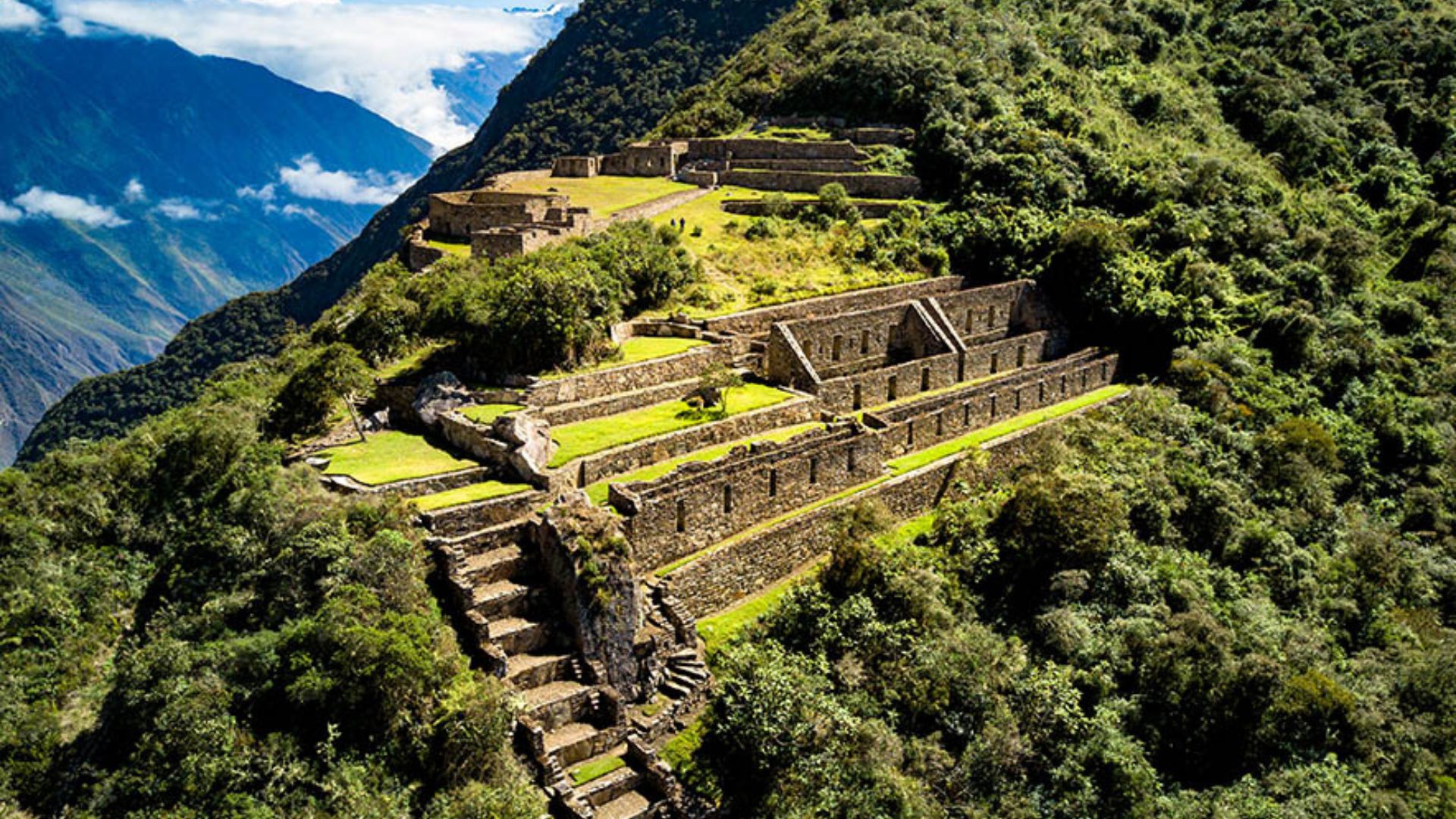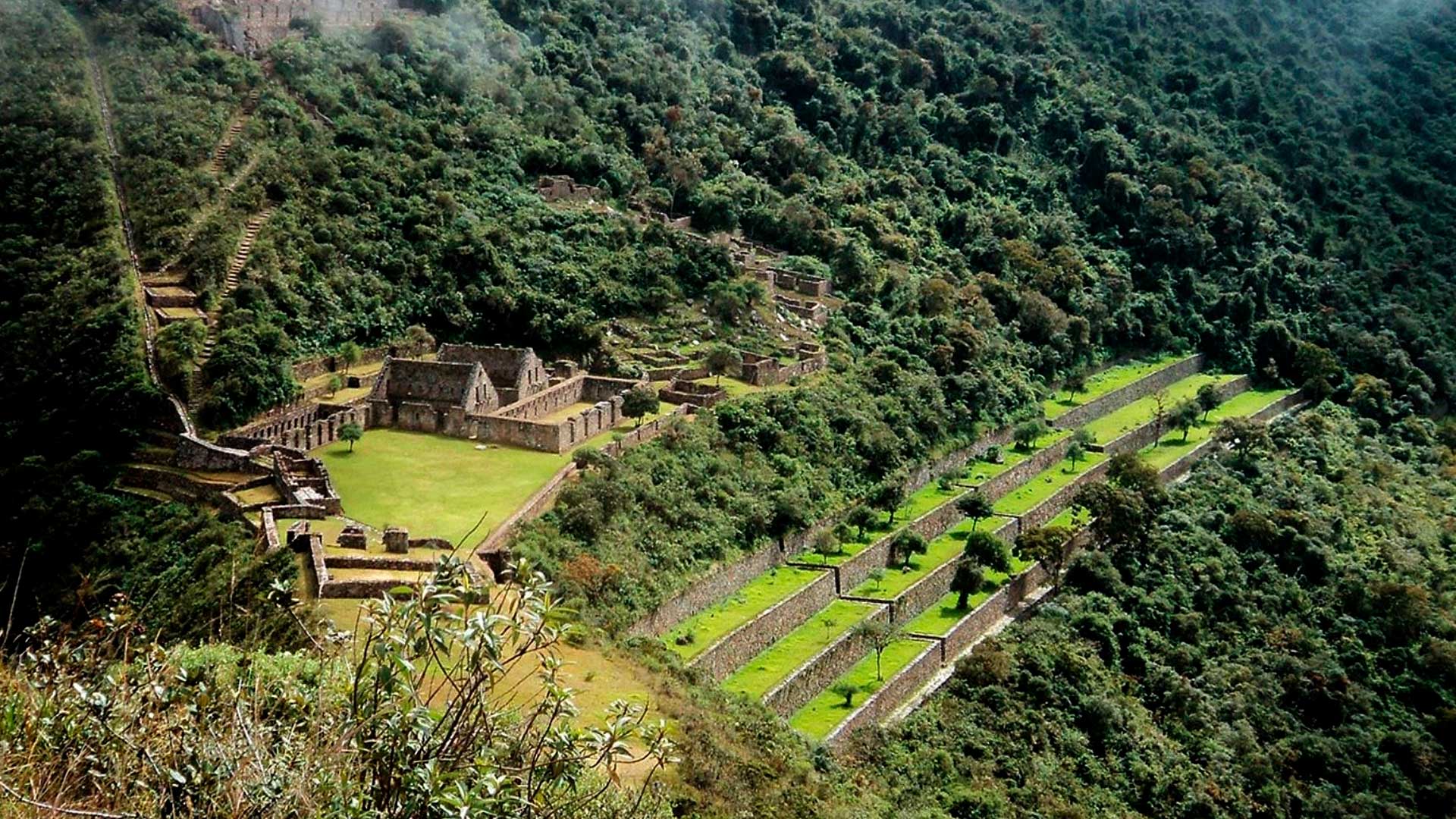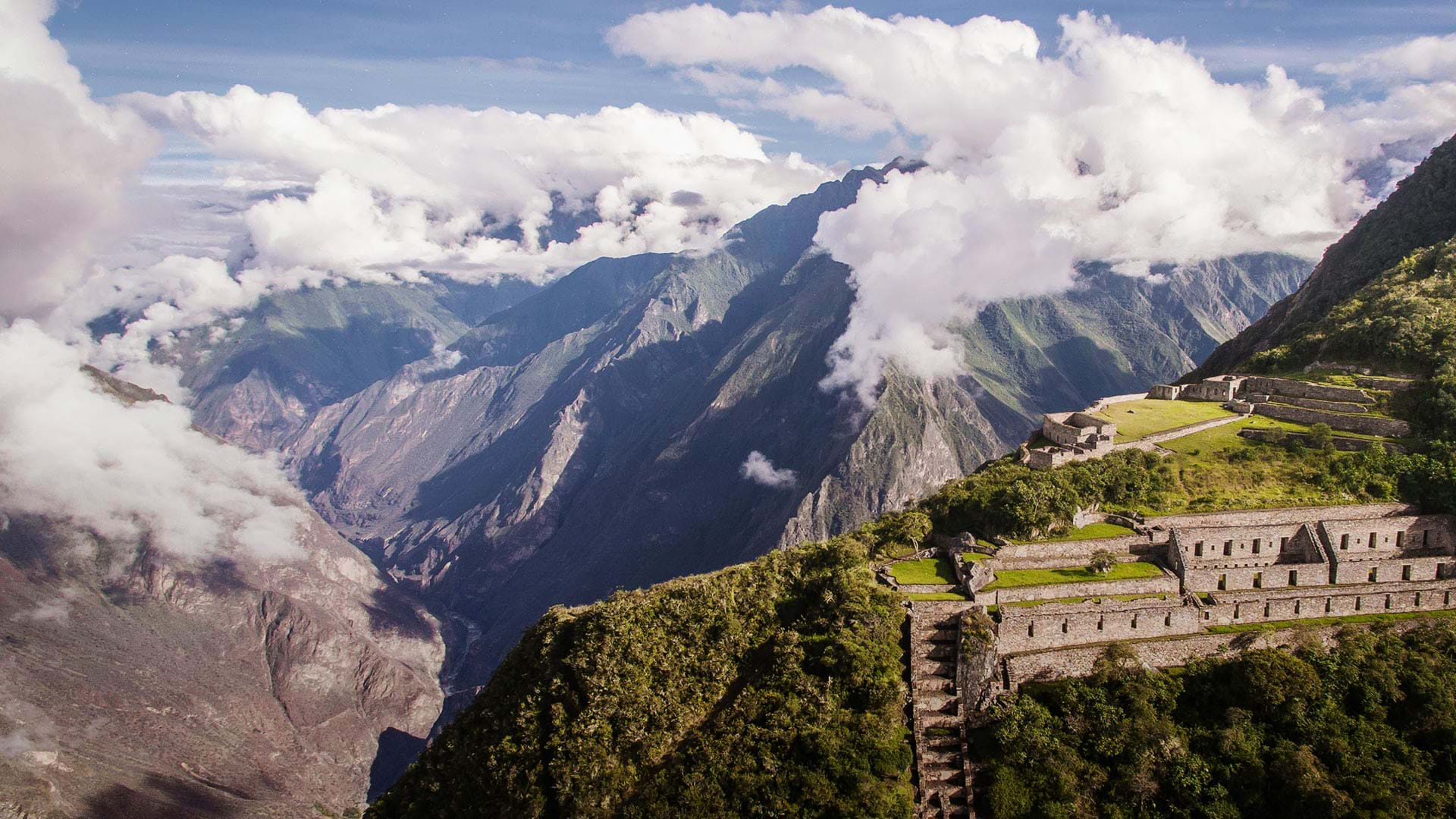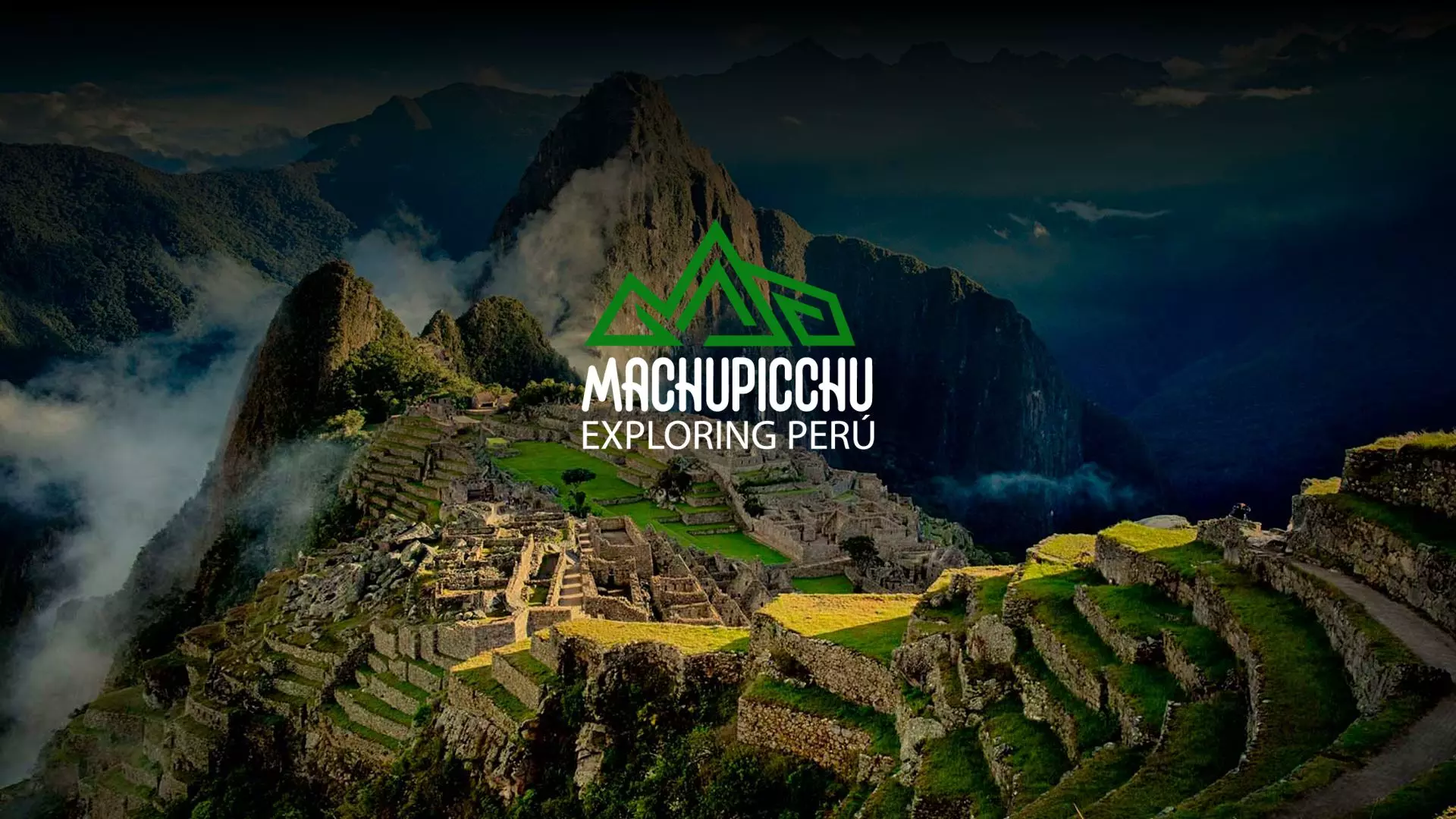Menu



5 Days / 4 Nights
50 miles
Moderate
3300 - 5000 msnm
Choquequirao Trek
Up to 8 people
Choquequirao Trek 5 days is an increasingly popular alternative to the Inca Trail, Choquequirao is an impressive Inca citadel placed on the side of a mountain, It is made all the more special by its location –overlooking one of the deepest canyons in the world – the Apurimac. Its Quechua name means “Cradle of Gold”. Choquequirao Trek is one of the most important tourist attraction in Cusco but still little known by tourists, The different parts seem to have diverse functions such as utilitarian, agriculture and religion communicated with the main square, We will see a variety of plants and animals along the way, Let’s go! By the stronger trek of Peru, safely and responsibly, with Machupicchu Exploring Peru & Trek operator.
PLEASE NOTE:WE ARE TAKING THE PATH OF CAPULIYUC TO GET BETTER VIEWS AND WE ARE SKIPPING THE DUSTY ROAD OF CACHORA WHERE THE CARS PASS .
Meet & greet with other guests where you receive important information for a great trekking experience.
Early in the morning we will have breakfast in the Hotel around 5:30am then the bus will pick us up from the hotel around 6 a.m. then we will start with our journey to the village of Cachora from Cusco 5 hours drive to the trail head of Cachora. During our journey we will stop a moment to observe the archaeological remains of Tarawasi from the bus, continuing thereafter towards the Cunyac Bridge between the departments of Cusco and Apurimac. Next we will travel through the district of Curahuasi and Saywite Andean Comunity, arriving at Cachora 2800 masl. at 10 a.m. approximately. Here we will meet our donkey drivers and We will begin our trek from this area, along sloping path leading to the pass of Capuliyoc 2915 meter sea level for about 2 hours, here we will have lunch and from where we have our first beautiful views of the Apurimac valley stretching below as well as the snow-capped peaks of Padrayoc and Wayna Cachora, from Capuliyoc we will have the first view to Choquequirao far from us,. then We will descend toward Coca Masana 2330m where the climate becomes noticeably warmer and the flora and fauna begin to change. Finally we arrive at Chiquiskä at 1900m closer to the Apurimac River where we will set up camp and spend the night in tents. Here in this camping area we will find humble huts where people from Cachora live offering soda drinks to the trekkers.
Early in the morning after the breakfast around 6:00 am, we will continue our trek, we will walk for about 1 hour down to cross the Apurimac River over the hanging bridge, then we will start climbing up the hill towards Santa Rosa (2115 m.a.s.l) where we will stop for lunch. This course is the hardest and we will take three hours after which we will climb up to the Maranpata (2850 m.a.s.l) that is an easier climb. During our journey we will observe the vegetation existing in the area. Then we will arrive to Maranpata beside the Chunchumayo River where we will have a short rest. Along the way we will observe many orchids and wild flowers as well as many birds, well after the hardly climbing we will arrive to Maranpata around 2pm. Here we will find humble huts and next them we will make our camp area. Camping in our tents.
Our Andean breakfast will be very early around 7:00 am and after it we will walk from Maranpata to Choquequirao (3035m) is a 2 hour hike. We will arrive at the archaeological site in time to enjoy the the impressionist views of the deep canyons and maybe the opportunity to see a Condor flying nearby, we will walk towards of the Choquequirao archaeological complex, which is a one-hour walk to see the Choquequirao and where our guide will explain you for three hours with all the details about this important Inca ruins. At the scheduled time around 3pm, to Maranpata, dinner and beautiful sunset, overnight in Maranpata camping.
After the Choquequirao Breakfast around 7am, we will start descending to Santa Rosa 2115 masl., where we stop for lunch. Thereafter we will continue descending to Playa Rosalina 1550 masl. Upon our arrival at Rosalina Bach, we will continue our trek to the village of Chiquiskä 1950 masl., two hours away from Rosalina beach, where we will spend the night in the tents at Chiquisqa 1950 masl, here we will find soda drinks, beers in the humble hut offered by a Young boy Uriel.
After our last Andean breakfast in Chiquisqa around 06:00 am, we will return along the same route to Capuliyuc 2800 masl., the slope we descended on the first day and which is a soft climb of two hours until the pass of Capuliyoc 2915 masl. , arriving at 10:00 am approximately. During our journey we will observe the exotic flora and fauna as well as sights of majestic snow-capped peaks and the impressive canyon of the Apurimac. After to get Capuliyoc .we will travel to the medicinal thermal baths of Qonoq where we will stay for one hour and continue with our trip to Cusco. Arriving around 8 p.m., passengers will be transferred to the hotel. End of the services.
IMPORTANT NOTE :
Appropriate clothing along this hike
Hiking pants and T-shirts are recommended during the day, complemented by sweaters, fleeces and waterproof jackets. It is very convenient to have light raingear available in the daypack (rain poncho or jacket and/or rain pants) as the weather changes easily and rains can suddenly occur. At night, warm clothing is required, down jackets can be useful, otherwise a fleece and a jacket. During the fourth day (if sunny) and in Machupicchu, convertible hiking pants are useful, as can be switched into shorts if necessary. Machupicchu has a warm climate, getting only cold at night. The rest of necessary implements are included in the “What we recommend that you bring” list.
DISCOUNTS:
What will the weather be like on a Choquequirao trek?
The Andean weather can be unpredictable, despite the sharp divide between dry and wet seasons. The dry season runs from May to October or November; the rainy season goes from December through April. Nevertheless, Choquequirao lies in the forested fringes of the Amazon basin, where showers can occur at any time of year. Therefore, even in the “dry” season, your daypack should always include full rain gear (both jacket AND trousers).
Daytime temperatures can vary greatly, with daytime highs ranging from 10ºC/50ºF to 32ºC/90ºF and nightime lows ranging from 10ºC/50ºF to a cold 4ºC/40ºF, though seldom much lower. The floor of the Apurimac Canyon gets very hot during the day. Bring your swimsuit for a delicious dip in the river.
Who should NOT hike Choquequirao?
This is a good hike for almost anyone with overnight hiking experience. The well-tramped trail is steep — but relatively easy if you hire pack animals. Those with chronic knee, ankle or back injuries should choose another hike. There may be rough & muddy sections. Evacuation is difficult.
What’s the most difficult section?
We expected the 1800+m (ft) climb from the Apurimac River up to Choquequirao to be excruciating.Yet for us it did not seem difficult. (Perhaps it was the excitement of finally arriving at the ruins.)If you hike one of the longer routes, the day following your visit to Choquequirao may well be the most difficult.
Should I bring a GPS?
It is a great idea if you are doing one of the longer routes. Keep a record of your route. We could post it on this website.
Do hikers ever get lost?
Yes, it is possible to get lost between Choquequirao and Machu Picchu. This is good reason to hire an arriero or guide.If you are only hiking Cachora to the ruins, return — no problem. There is more signage here than on any trek in the world! Two competing series of coloured distance markers, both inaccurate, may confuse you.
What special gear should I bring?
Don’t forget:
Sunglasses
Toilet paper
Waterproof jacket
Sufficiently warm clothing
Lip protection from sun and wind
Cash
Disinfectant alcohol gel
We recommend disinfectant gel (sometimes called instant hand sanitizer) which you use to clean your hands before snack breaks & after toilet stops in the woods. Alcohol gel is essential hiking gear.
Stove fuel for almost any stove system can be purchased in Cuzco. Do not fly with it, obviously.
What footwear is best for Choquequirao?
You want to wear what fits you best & what works for you. No blisters! Most experts recommend hiking boots. Modern boots are remarkably light & comfortable. A pair of good boots & gaiters make you feel invincible in the mud. Some arrieros, by the way, hike in recycled-tire sandals! hiking boot abandoned on the Trail.
Do I need a water filter?
You definitely must treat water. Much of the trek is in grazing land.
Some make a distinction between these two:
Water filter removes protozoa & most bacteria
Water purifier removes protozoa & bacteria and deactivates viruses
Viruses are too small to be filtered so purifiers add something to disinfect them.
Make sure your purifier is well maintained & frequently cleaned.
You must either filter, boil, use iodine or water purification tablets.

© 2023 Machupicchu Exploring Peru. All Rights Reserved Diseñado por WebCodePeru
WhatsApp us